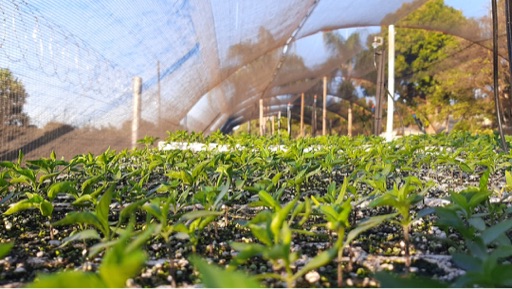Sustainable living is a lifestyle that helps reduce an individual’s or society’s use of the earth’s natural resources. It focuses on minimizing the negative impact on the environment by making conscious choices in our everyday lives.
One key aspect of sustainable living is the concept of reducing waste. This can involve practicing the three R’s: reduce, reuse, and recycle. By reducing the amount of waste we generate, reusing items whenever possible, and recycling materials, we can significantly lessen our footprint on the planet.
Another vital component is energy conservation. Simple actions, such as turning off lights when not in use, utilizing energy-efficient appliances, and opting for renewable energy sources like solar panels, can lead to remarkable energy savings.
Transportation also plays a major role in sustainable living. Choosing public transport, carpooling, biking, or walking not only helps reduce emissions but also promotes a healthier lifestyle. In urban areas, the development of pedestrian-friendly paths and cycling infrastructure contributes to this movement.
Furthermore, focusing on sustainable food practices is essential. This includes sourcing food locally, participating in community-supported agriculture (CSA), and growing our own food when possible. The benefits extend beyond environmental impact to encompass health, quality, and community support.
Lastly, embracing a more mindful consumption approach by selecting products that are eco-friendly and ethically sourced can go a long way. Supporting local businesses and artisans also fuels the local economy and fosters a sense of community.
In summary, sustainable living is about making better choices for our planet, our health, and our communities. By adopting sustainable practices, we contribute to a healthier environment for future generations while enhancing our quality of life.

Source: The Healthy @Reader’s Digest





